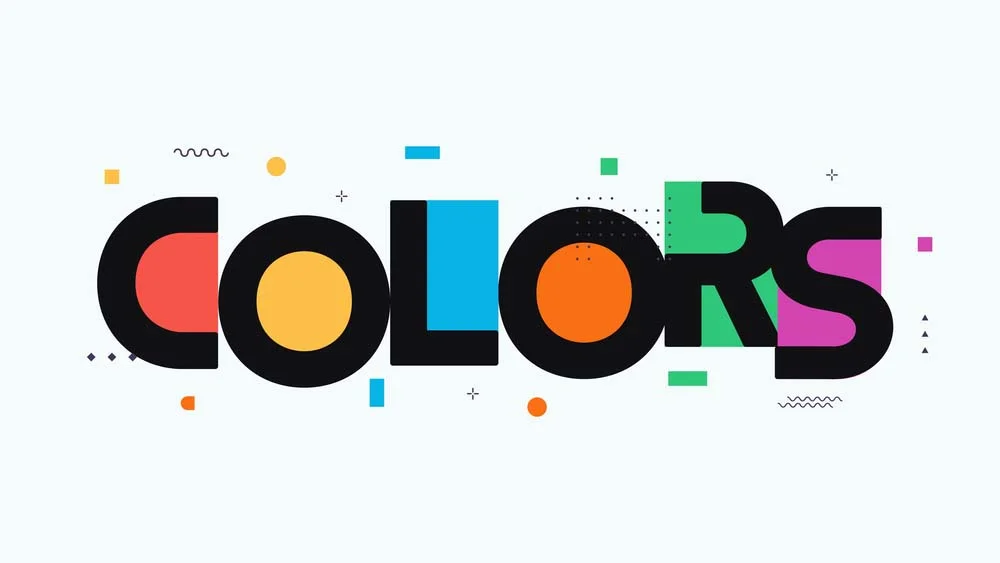The design of an intuitive user interface (UI) in your products plays a critical role in attracting and retaining customers as well as giving your brand an edge over the competition. With a well-designed UI, it’s possible to significantly enhance the user experience (UX) and make your products more intuitive, enjoyable, and efficient to use. This, in turn, can lead to increased customer satisfaction, loyalty, and ultimately, profitability. In addition, the use of creative and functional UI design in your products can foster positive brand perception and lead to higher conversion rates and user engagement.
More than just aesthetics, paying attention to UI design creates a seamless interaction that meets user needs and drives business success. If you want to enjoy the same benefits, it’s ideal to work with a product design NZ company that specializes in designing intuitive UIs. At the same time, learning about the following tips can provide you with some helpful and practical inputs in the UI design process.
Understand Your Users
The cornerstone of building a creative UI is understanding your target users. Tailoring your UI to match the users’ expectations and workflows ensures that your product feels natural and user-friendly. It’s a must, then, to conduct thorough user research and gain insights into your target market’s needs, preferences, behaviors, and pain points. Surveys, interviews, and focus groups are useful techniques for gathering valuable information. If you’re developing a new kitchen appliance, for one, understanding how users typically interact with similar devices can help you design intuitive controls and displays for your product.
Emphasize Simplicity and Clarity
Simplifying the UI reduces cognitive load and helps users complete tasks more efficiently. While creativity is essential, it should not compromise simplicity and clarity. Users should be able to navigate your product intuitively without needing a manual. Use clean, straightforward designs that guide users through the necessary steps of using the item.
Let’s say that your business is developing a smart thermostat. A simple interface that uses clear icons and minimal text on such a product can help users adjust settings without getting confused.
Stay Updated with Design Trends
Follow industry blogs, attend design conferences, and participate in online forums to stay informed of current design trends and emerging technologies that can inspire innovative UI designs. If touchless gestures are becoming popular in UI design, consider how this could enhance your product. Perhaps integrating gesture controls in a home entertainment system could offer a more immersive and convenient user experience. However, be selective about which trends to adopt. The key is to align trends with the practical needs and contexts of your users.
Use Visual Hierarchy
Visual hierarchy is crucial in guiding users’ attention to the most important elements of the UI. Implementing size, color, contrast, and spacing effectively can highlight the product’s key features and actions. For instance, using larger, brightly colored icons in a wearable fitness tracker can make it easy for users to access essential functions like heart rate monitoring and step count.
Experiment with Colors and Typography
Creative use of colors and typography can make your UI stand out and align with your brand identity. Choose a colour scheme that evokes the desired emotions and complements your product’s function. A calm and professional blue palette might suit a medical device, but vibrant colours could energise a children’s educational toy and easily draw their attention. Similarly, select fonts that are both visually appealing and readable. Experiment with different combinations during the design process to find what best enhances the user experience.
Incorporate Interactive Elements
Animations, haptic feedback, transitions, and other interactive features can make your UI more engaging and responsive. These elements should enhance the user experience without overwhelming it. This is especially relevant when making a product that’s relevant to the gaming industry or that has gamified elements in mind. Subtle vibrations and sound effects in an energy console, for one, can provide feedback that enriches the gaming experience. Adding these touches can make the product feel more responsive and enjoyable and encourage prolonged use.
Focus on Prototyping and Iteration
Prototyping and iterative testing are vital for refining your UI design. Develop prototypes of your interface and test them with real users to gather feedback. Then, iterate based on feedback and make necessary adjustments to enhance the overall design before final production.
Collaborate with Diverse Teams
Involve team members from various disciplines, including designers, engineers, and marketers, in the design process to gather diverse perspectives that can lead to more innovative UI solutions. Collaborative brainstorming sessions can spark creativity and uncover unique approaches. When designing a device, an engineer might suggest a novel way to integrate a touchscreen interface into a compact device, while a marketer can provide insights into user preferences and brand alignment. This cross-functional collaboration ensures a more holistic and innovative approach to UI design.
Focus on Accessibility
An intuitive user interface must be accessible to all users, including those with disabilities. Keeping accessibility in mind is a great way to broaden your user base. You can make your products more accessible by incorporating features like voice control, screen readers, and high-contrast modes. Consider a smart home assistant that responds to voice commands and provides auditory feedback, especially if you plan to market your product to users with visual impairments.
Investing in a well-designed and intuitive user interface can have a profound impact on user experience and, consequently, your NZ-based business’s success. Ultimately, a creative and user-friendly UI can differentiate your products, boost engagement, and drive profitability, all of which can drive your business to thrive in a competitive landscape.




